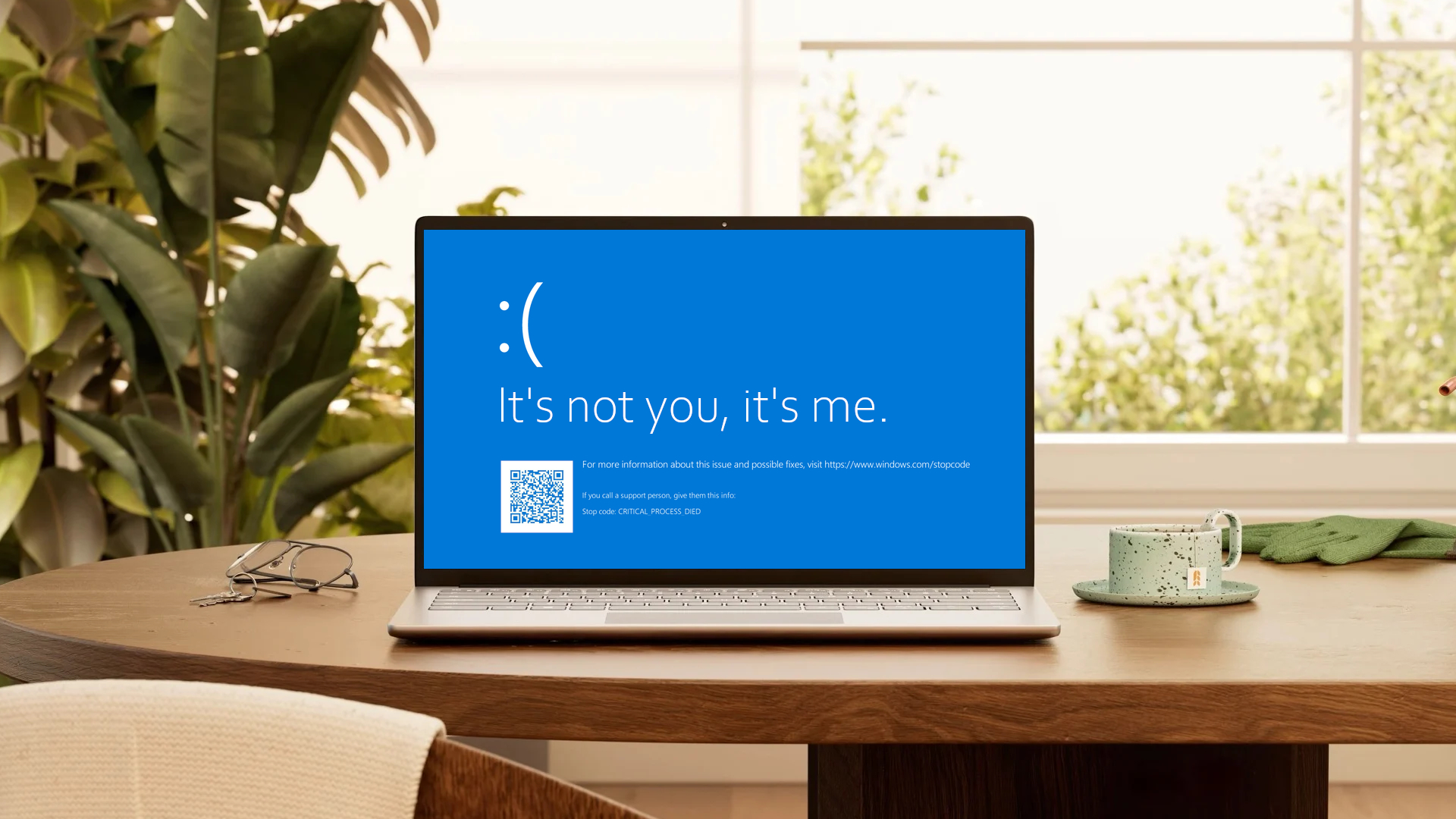Microsoft Surface Laptop 3: What to Expect (and What We Want)
Update Sept 30: Microsoft isn't expected to ditch Intel, but evidence of AMD CPUs in Surface products suggests it will diversify its lineup.
Microsoft is rumored to launch new versions of its Surface products later this year, which means we should be only months away from a third-generation Surface Laptop. Rumors about the Surface laptop 3 are coming in hot, so we already have an idea of when it will launch and what sort of processors it will have.
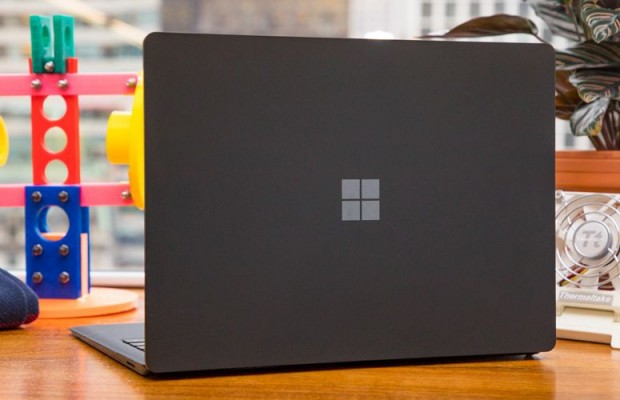
The Surface Laptop 2 was one of the best clamshell laptops when it launched last October, but other notebooks from Dell, HP and Lenovo have jumped ahead in recent months. Now is the perfect time for Microsoft to regain the spotlight by releasing a Surface Laptop 3 that addresses some of the shortcomings of the last-gen model.
Here is what we know about the Surface Laptop 3 and the things we want to see that could make it a better option than the Dell XPS 13 or HP Spectre x360 13.
Surface Laptop 3 Release Date and Possible Pricing
Microsoft officially sent invites to its annual Surface event, which will take place on Oct 2 this year. We expect to see the new Surface Laptop 3.
According to IT Tech site Petri, Microsoft will announce a next-gen Surface Laptop in October. That lines up nicely with past releases. The Surface Laptop 2 was revealed on October 2 last year and officially went on sale a few weeks later. Microsoft is pretty punctual with its annual early-October Surface events, although the launch of the first-gen Surface Laptop was revealed at Microsoft's education event in May 2017.
Stay in the know with Laptop Mag
Get our in-depth reviews, helpful tips, great deals, and the biggest news stories delivered to your inbox.
We're a few weeks away from having any reliable intel on how much the Surface Laptop 3 will cost. But if Microsoft continues to position it as a MacBook Air competitor, then expect a starting price around $1,000. If rumors about an AMD version hold true, then there could be some slightly cheaper options, as well.
Design and Specs
The design of the Surface Laptop 3 remains a mystery, as rumors have focused more on specs and release date. However, a report from German tech site WinFuture says Microsoft will unveil a 15-inch version of the Surface Laptop 3 with a 3:2 aspect ratio. If that holds true, it would be the first 15-inch laptop in the series.
There hasn't been any speculation that Microsoft would move away from the signature Surface Laptop design, so we're expecting to see more of that plush Alcantara fabric on the deck. We'll also be crossing our fingers that Microsoft continues to sell the stealthy black model, though a price cut on that variant would be appreciated.
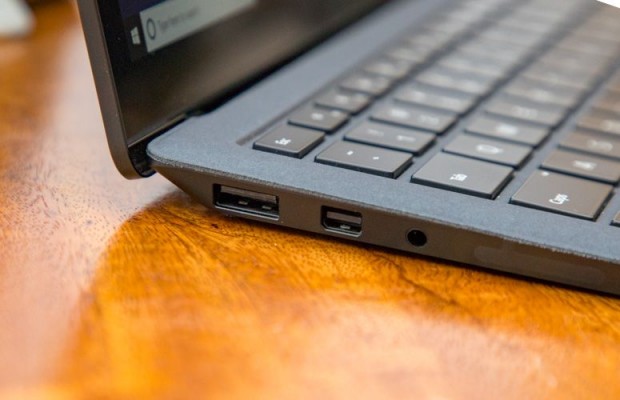
Regarding specs, the Surface Laptop 3 is expected to run the new 10th Gen "Ice Lake" Intel CPUs, with Core i5 and Core i7 options.
One interesting rumor floating around is that Microsoft will sell an AMD-powered version of the Surface Laptop 3. This would be a first for the Surface lineup. According to Petri, AMD will bring a 12-nanometer SoC codenamed Picasso that introduces a Zen+ Core with Vega graphics to at least one Surface Laptop 3 configuration. Leaked Geekbench benchmarks (via Windows Latest) all but confirmed that to be true.
Microsoft is reportedly going that route because of its relationship with Intel is rumored to be "on shaky ground." Going the AMD route could give Microsoft a path to lowering the starting price of the Surface Laptop 3, or offering a version with better graphics, which AMD chips typically offer. Don't worry about Intel, though. Unnamed sources told TechRadar that Microsoft won't abandon Intel
What We Want from the Microsoft Surface Laptop 3
Thinner bezels
The Surface Laptop 3 doesn't have thick bezels, but the black rims bordering the 13-inch display is a bit chunkier than what you'll find on competing laptops. Take the XPS 13, Spectre x360 13 or Asus ZenBook 13 UX333FA, for instance.
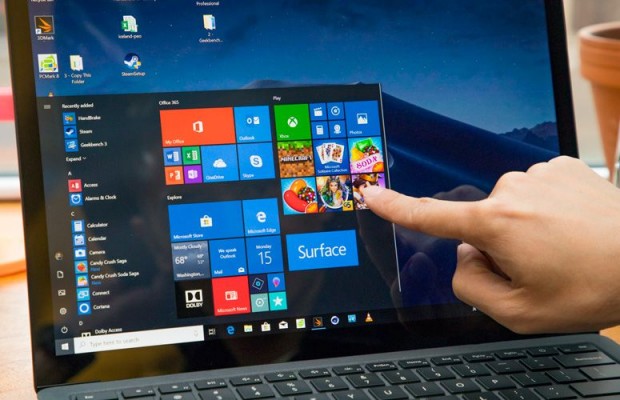
Each of those ultrabooks has true edge-to-edge displays thanks to their razor-thin bezels. This design feature also enables those machines to have a smaller footprint; the XPS 13 has a 13-inch display in an 11-inch chassis. We wouldn't mind if Microsoft followed this trend and made the Surface Laptop 3 even more portable than its predecessor.
10th Gen CPU
After a lengthy delay, Intel finally unveiled 10th Gen Ice Lake processors in May. Along with some substantial real-world performance improvements, these chips are the first to support a number of convenient futureproof features. If Microsoft opts for 10th Gen CPUs, the Surface Laptop 3 will gain Wi-Fi 6 support, integrated Thunderbolt 3 and improved AI capabilities.
Thunderbolt 3 (or USB-C)
This one is a no-brainer. Microsoft needs to embrace USB-C on its next-gen laptops, or be prepared to face some harsh criticism. Yes, the Surface Laptop 2 comes with the Surface Connector, a magnetic power input similar to Apple's now-retired MagSafe technology. But if you want a modern USB-C port for charging gadgets or connecting to a monitor, you'll need to spend $80 on an adapter. That's inexcusable.
Microsoft can't afford to leave USB-C out of the Surface Laptop 3 and give it the dubious title as the only newly-released premium ultrabook without the port. And at this price, the Surface Laptop 3 should really come with Thunderbolt 3, which enables faster transfer speeds and connecting to multiple 4K monitors. Oh, and Microsoft, don't you dare remove that precious USB-A port.
Faster SSD
The Surface Laptop 2 offers strong performance but is ultimately held back by a surprisingly slow SSD. Storage plays a pivotal role in the overall speeds of your machine, so it's a bummer that Microsoft chose an underperforming M.2 PCIe SSD for such a pricey notebook.
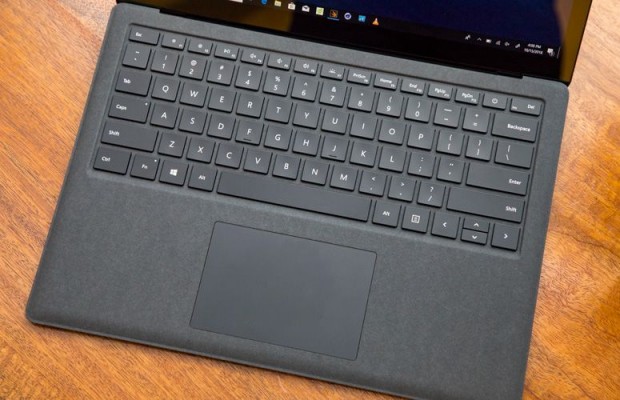
The 256GB SSD in our review unit duplicated 4.97GB of mixed-media files in 25 seconds, for a transfer rate of 203 megabytes per second. Close rivals, like the XPS 13 (339 MBps) and Spectre 13 (339 MBps) come with much faster storage, and the category average is a rate of 484 MBps. By switching to faster storage, Microsoft could significantly improve the performance of the Surface Laptop 3 when transferring files or simply booting up.
Cheaper upgrades
The Surface Laptop 2's $999 starting price isn't so bad, but any upgrades will cost you a fortune. Going from a 128GB SSD to a 256GB SSD costs an additional $300, which is an absurd jump. Perhaps we should have expected as much from a laptop that's impossible to upgrade manually because the components are soldered to the motherboard.
Regardless, Microsoft needs to bring the price of the midrange configurations down if it wants to compete against the likes of the XPS 13. Because at $1,300, our minimum recommended SKU with a Core i5 CPU, 8GB of RAM and a 256GB SSD, is simply overpriced.
Phillip Tracy is the assistant managing editor at Laptop Mag where he reviews laptops, phones and other gadgets while covering the latest industry news. After graduating with a journalism degree from the University of Texas at Austin, Phillip became a tech reporter at the Daily Dot. There, he wrote reviews for a range of gadgets and covered everything from social media trends to cybersecurity. Prior to that, he wrote for RCR Wireless News covering 5G and IoT. When he's not tinkering with devices, you can find Phillip playing video games, reading, traveling or watching soccer.

